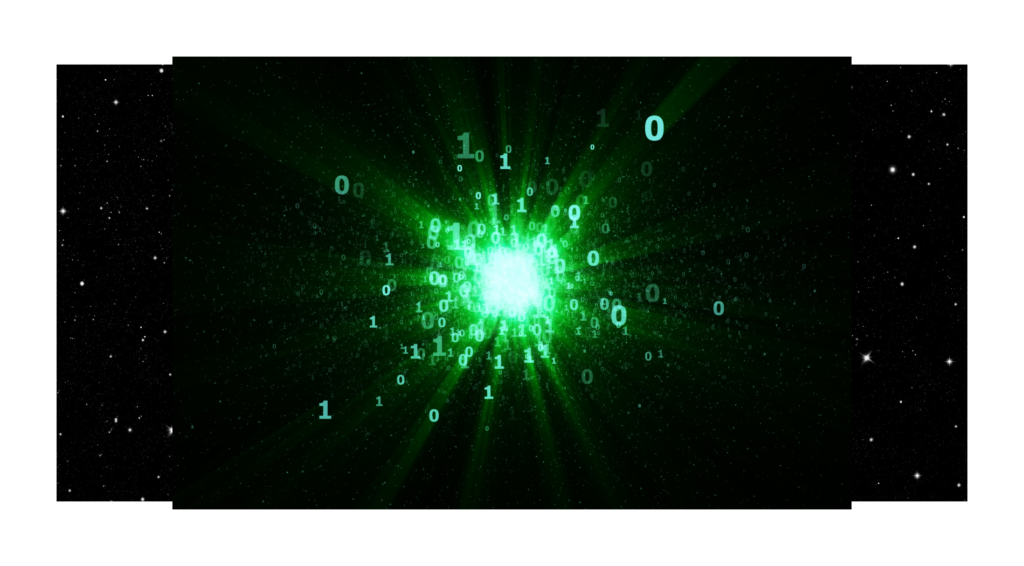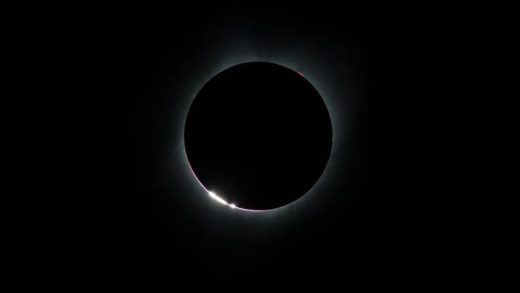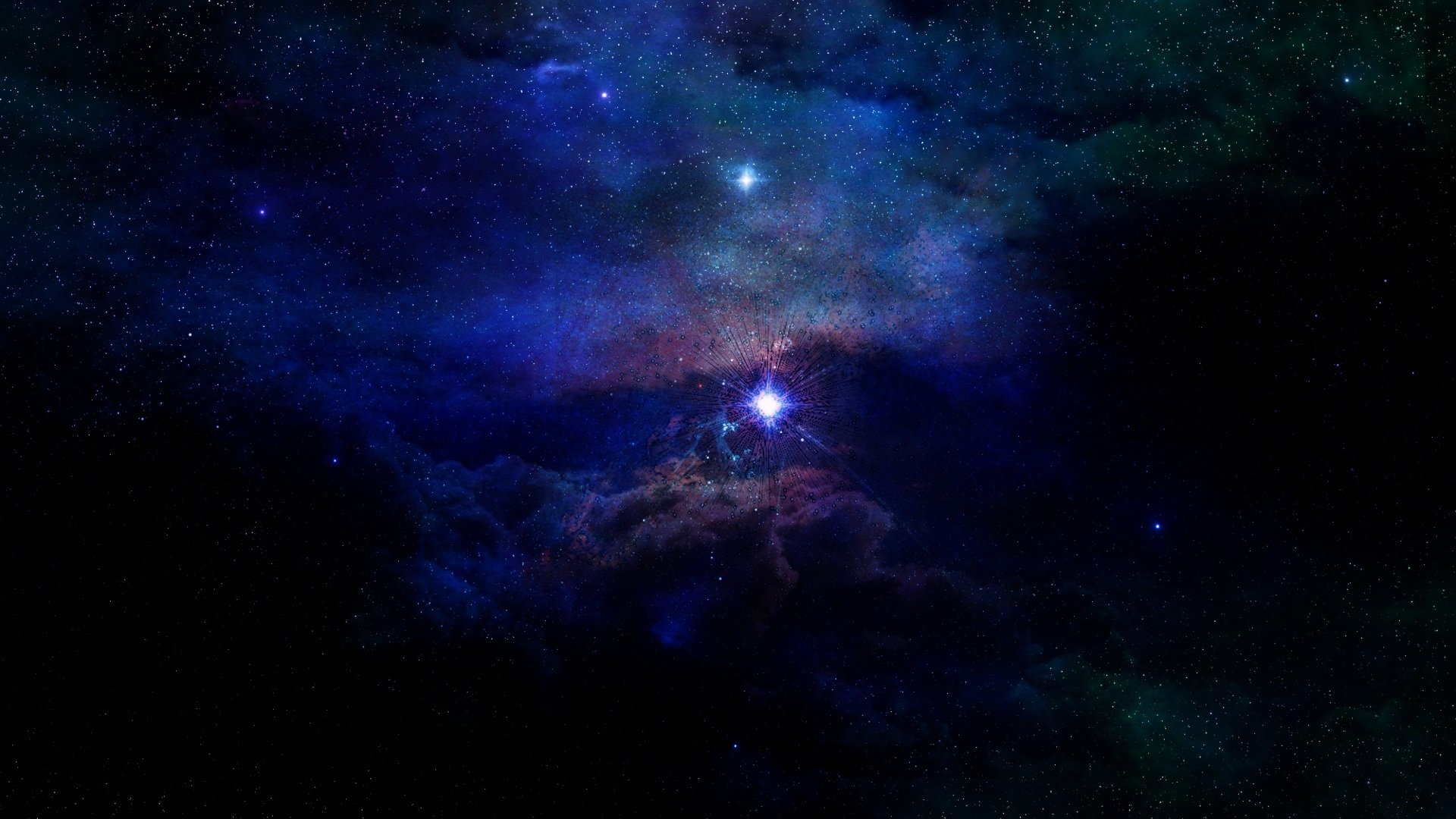Rare black widow binary star system found: Research

Scientists have discovered a pair of stars that rapidly circle each other before one is consumed by the other. Located some 3,000 light-years away, the rare “triple black widow” system named “ZTF J1406 1222” has the shortest known orbit of any black widow binary; that is 62 minutes.
According to researchers, what makes this system unique is that it contains a third star that circles the central pair every 10,000 years.
What is black widow binary star?

‘Black widow’ binary star is a system where a large dead star is orbited by a much smaller companion star. The closer the companion approaches, the brighter it shines, until it finally crashes onto the surface of its partner. This phenomenon is called ‘black widow’ binary because of this cycle of approaching and feeding.
Why is black widow binary star system rare?
A black widow binary star is rare because the mechanism of its formation is very complicated. The formation process is different from that of most stars in the universe. In addition, most black widow binary star systems are located within our own galaxy, which makes it more difficult to study.
The formation process of the system begins with the accumulation of gas from a large molecular cloud. This gas is pulled by gravity into a spinning ball and eventually collapses in on itself.
This spinning blob continues to collapse until it becomes dense enough for nuclear fusion to begin, at which point a star is born. The star then becomes unstable due to its own mass, causing it to shed some of the material that was just used for creating it through stellar winds and intense radiation. Some of this material may then become ingested by the companion star.
What about the finding in the journal Nature?
The finding published in the journal Nature on May 4 states that a rapidly spinning neutron star or pulsar that is circling and slowly consuming a smaller companion star.
A team led by scientists from Massachusetts Institute of Technology (MIT) in the US found the stellar oddity, which appears to be a new black widow binary. The name of the system is derived from the “black widow” spiders, in which the female eats the male after mating. Astronomers say they know of about two dozen black widow binaries in the Milky Way.
The research also involves astronomers from the University of Sheffield in the UK. It suggests that “ZTF J1406 1222” has the shortest orbital period yet identified, with the pulsar and companion star circling each other every 62 minutes.
For the study, researchers had used HiPERCAM, a high-speed camera developed by researchers at the University of Sheffield that can take more than 1,000 optical images per second, to find the exotic triple black widow.
Questions that the discovery has raised are about how such a system could have formed, with researchers speculating that as with most black widow binaries, the triple system likely arose from a dense constellation of old stars known as a globular cluster.
As claimed by astronomers, this particular cluster may have drifted into the Milky Way’s center, where the gravity of the central black hole was enough to pull the cluster apart while leaving the triple black widow intact.
The research team used a new approach to detect the triple system with the help of HiPERCAM. Though most black widow binaries are initially found through the radio and gamma ray radiation emitted by the central pulsar, the team used visible light, and specifically the varying light from the binary’s companion star to discover ZTF J1406 1222.
Professor Vik Dhillon, co-author of the study from the University of Sheffield’s Department of Physics and Astronom, said, “Thanks to the extraordinary sensitivity of the Sheffield-led HiPERCAM camera, we have discovered the most extreme member of the black widow class of binary star, along with a promising new method of detecting such systems”.
Black widow binaries are powered by pulsars, whereas pulsars are rapidly spinning neutron stars that are the collapsed cores of massive stars.
Pulsars have a too speedy rotational period, spinning around every few milliseconds, and emitting flashes of radio and high-energy gamma rays in the process.
Earlier studies have shown that pulsars spin down and die quickly as they burn off a huge amount of energy, but every so often, a passing star can give a pulsar new life.
In the process, a star nears and the pulsar’s gravity pulls material off the star, which provides new energy to spin the pulsar back up. The “recycled” pulsar then starts reradiating energy that further strips the star, and eventually destroys it.
As mentioned in the study, astronomers discovered the companion star’s day side — the side perpetually facing the pulsar — can be many times hotter than its night side, due to the constant high-energy radiation it receives from the pulsar. This allowed them to find the new black widow by looking for the companion star instead of looking directly for the pulsar.
What are the implications of this finding?
The research supported by the National Science Foundation reads that the new method could make it easier to discover black widows in the future, as a star whose brightness is changing periodically by a huge amount is a strong signal that it’s a binary with a pulsar. This is because the star will be rapidly moving around the pulsar, and this motion can make it appear to be a binary star.
Recommended:
The discovery also highlights the fact that black widows are not always obvious, as there are a few other systems that have similar characteristics to “ZTF J1406 1222”. Astronomers say there there a number of systems at the edge of our Galaxy whose orbital periods make them look very much like “ZTF J1406 1222” and could therefore be called black widow binaries.
Can the pulsar be a black hole later on?
Researchers say a pulsar star could serve as a black hole later on. However, it is not possible for a pulsar to have the mass of a black hole as such large stars are extremely rare. The most massive pulsars have masses around that of the Sun but are more like 1,000 times less massive than the Sun. So, the question that arises here is whether the pulsar in the triple black widow system has enough mass to be mistaken for a black hole later.
Concluding paragraphs
From the finding, it is evident that the researchers have discovered a new type of binary system dubbed a triple black widow. The new discovery could help in the future discovery of more such pulsar-companion star systems due to its unique properties that can point towards even more exotic binary systems.
The finding has been recognized as a major discovery by the scientific community and has caught attention all over the world with many media outlets reporting about it.


